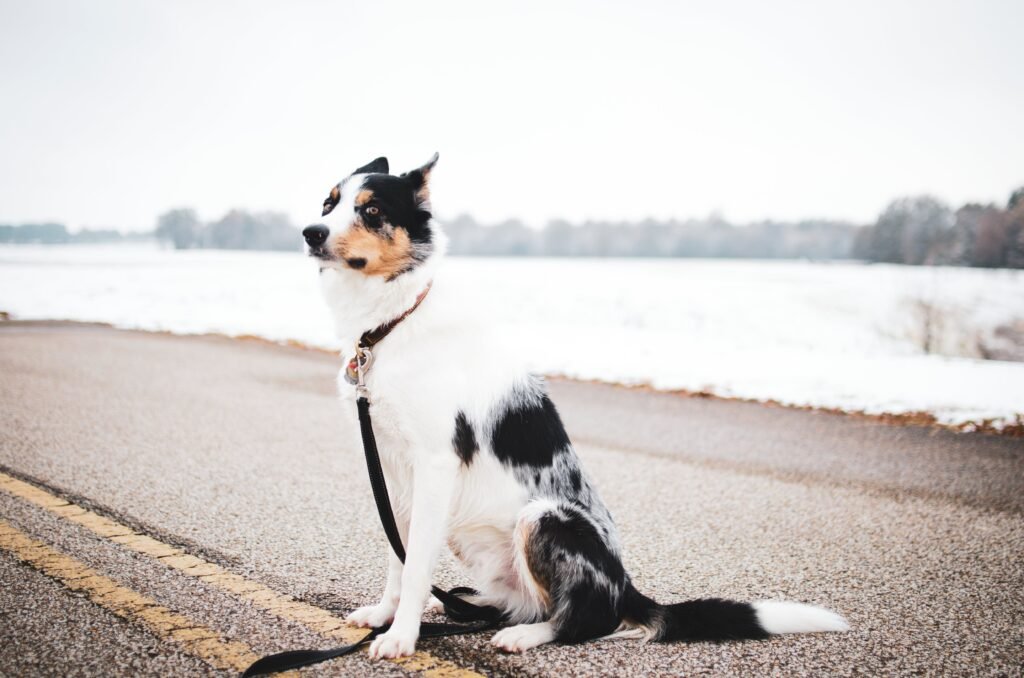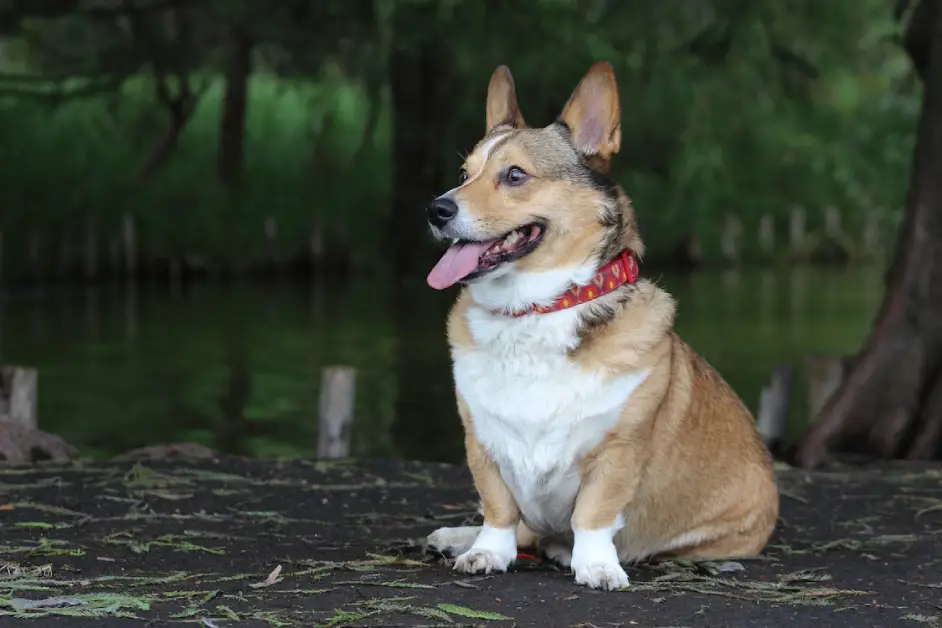In this article, I will talk about how to tighten dog collar. A properly fitting dog collar is essential for the comfort and safety of your furry friend. A loose collar can easily slip off, while a tight collar can cause discomfort, chafing, and even injury.
By ensuring that your dog’s collar fits correctly, you can prevent these issues and provide your pet with a secure and comfortable accessory.
Signs that your dog’s collar needs tightening
It’s important to regularly check your dog’s collar to ensure that it is still fitting properly. Here are some signs that your dog’s collar may need tightening:
- Collar slipping off: If you notice that your dog’s collar is frequently slipping off or becoming loose, it’s a clear indication that it needs to be tightened. A loose collar poses a significant risk as your dog can easily escape or get caught on something.
- Chafing or hair loss: If you observe any signs of chafing or hair loss around your dog’s neck, it may be due to a collar that is too loose. The constant rubbing against the skin can cause irritation and discomfort.
- Difficulty attaching a leash: If you find it challenging to attach a leash to your dog’s collar or if the leash easily slides off, it’s a sign that the collar is too loose. This can compromise your control over your pet during walks and increase the risk of accidents.
How to Tighten Dog Collar
Steps to tighten a dog collar
Tightening a dog collar is a relatively simple process. Here are the steps to follow:
- Remove the collar: Take off the collar from your dog’s neck to adjust it properly. This will prevent any accidental tightening that may distress your pet.
- Measure the size: Measure your dog’s neck using a measuring tape or a piece of string. Make sure to measure snugly, but not too tight. Add an additional inch or so to the measurement for breathing room.
- Adjust the collar: Most collars have a buckle or clasp that allows you to adjust the size. Slide the buckle or adjust the clasp to make the collar smaller. Ensure that it is snug but not too tight. You should be able to fit two fingers comfortably between the collar and your dog’s neck.
- Reattach the collar: Once you have adjusted the collar, reattach it to your dog’s neck. Double-check the fit and ensure that it is secure but not restrictive.
Must Read: How to Properly Fit a Dog Collar
Tips for ensuring a comfortable and secure fit

When tightening your dog’s collar, it’s essential to prioritize both comfort and security. Here are some tips to help you achieve the best fit:
- Regularly check the fit: Check your dog’s collar regularly to ensure that it is still fitting properly. Dogs can grow or gain weight over time, so adjustments may be necessary.
- Use a collar with adjustable sizing: Opt for a collar that offers adjustable sizing options. This will allow you to achieve a snug fit without compromising your dog’s comfort.
- Consider the material: Collars are made from various materials such as nylon, leather, or fabric. Choose a material that is comfortable against your dog’s skin and won’t cause irritation.
- Avoid excessive tightening: While it’s important to have a secure fit, avoid tightening the collar too much. A collar that is too tight can cause discomfort, restrict breathing, and even lead to injury.
Adjusting a buckle collar
Buckle collars are the most common type of dog collar and are relatively easy to adjust. Follow these steps to tighten a buckle collar:
- Remove the collar: Take off the collar from your dog’s neck to adjust it comfortably.
- Locate the buckle: Find the buckle on the collar. It is usually located on one end and has a prong that fits into the holes.
- Adjust the size: Slide the prong into a smaller hole to make the collar tighter. Start with the hole closest to the collar’s end and work your way up until you achieve the desired fit.
- Reattach the collar: Once you have adjusted the size, reattach the collar to your dog’s neck. Ensure that it is secure but tight enough.
Tightening a martingale collar
Martingale collars are commonly used for dogs that have a tendency to slip out of traditional buckle collars. Here’s how to tighten a martingale collar:
- Remove the collar: Take off the martingale collar from your dog’s neck for easy adjustment.
- Locate the adjustment loop: Find the adjustment loop on the collar, which is usually made of a chain or fabric. It should be located on the side opposite the D-ring.
- Adjust the loop: Pull the adjustment loop to make it smaller, thus tightening the collar. Ensure that the loop is not too tight but snug enough to prevent your dog from slipping out of the collar.
- Reattach the collar: Once you have adjusted the loop, reattach the martingale collar to your dog’s neck. Double-check the fit and ensure that it is secure but not restrictive.
Choosing the right size collar for your dog

Choosing the correct size collar for your dog is crucial to ensure a proper fit. Here’s how to determine the right size:
- Measure your dog’s neck: Use a measuring tape or a piece of string to measure the circumference of your dog’s neck. Measure snugly but not too tight.
- Consider your dog’s breed and age: Different breeds and age groups may require different collar sizes. Consult a size chart or seek advice from your veterinarian to determine the appropriate size for your dog.
- Test the fit: Once you have chosen a collar, test the fit by placing it around your dog’s neck. You should be able to comfortably fit two fingers between the collar and your dog’s neck.
- Monitor for growth: Puppies and young dogs may outgrow their collars quickly. Monitor your dog’s collar regularly and adjust or replace it as needed.
Alternative options to traditional collars
While traditional collars are commonly used, there are alternative options available that may better suit your dog’s needs. Consider the following alternatives:
- Harnesses: Harnesses distribute pressure more evenly across your dog’s body, reducing strain on the neck. They are particularly beneficial for dogs with respiratory issues or those prone to pulling.
- Head collars: Head collars provide control by gently guiding your dog’s head, preventing pulling, and allowing for more control during walks.
- Choke chains and prong collars: These are specialized collars that are used for training purposes. It is essential to seek professional guidance before using them to ensure they are used correctly and responsibly.
Safety considerations when tightening a dog collar

When tightening your dog’s collar, it’s important to prioritize safety. Here are some safety considerations to keep in mind:
- Check for any discomfort: After adjusting the collar, observe your dog for any signs of discomfort, such as scratching, rubbing, or excessive pawing at the collar.
- Regularly inspect the collar: Regularly inspect the collar for any signs of wear and tear, such as fraying or damaged buckles. Replace the collar if necessary to maintain its integrity.
- Never leave a dog unattended with a collar on: It’s important never to leave it unattended with a collar on, especially if it has tags or other attachments. Collars can get caught on objects, posing a risk of injury or strangulation.
- Seek professional guidance: If you are unsure about how to properly fit or tighten your dog’s collar, consult a professional dog trainer or veterinarian for guidance.
Conclusion
Ensuring that your dog’s collar is properly tightened is essential for their comfort and safety. By following the steps outlined in this article, you can easily adjust the collar to achieve a secure and comfortable fit.
Remember to regularly check the fit, consider alternative options, and prioritize safety throughout the process. With a well-fitted collar, your furry friend can enjoy walks and outings with comfort and confidence.
If you found this article helpful, consider sharing it with fellow dog owners to spread awareness about the importance of properly fitting dog collars.
